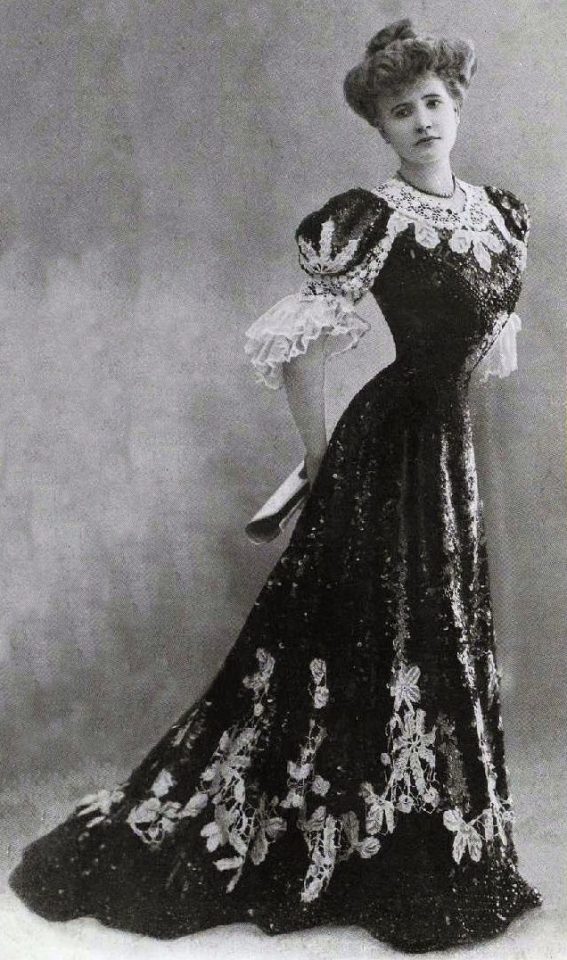100 years in not actually a very long time in human history. But this will not apply for the fashion industry. The choice of fabrics, styles, colors, trends… everything changes rapidly in the fashion world. Sometimes the trends and even what fabrics we prefer change a great deal within just a year. We have come a long way from the days of the S-Bend Corset of the 1900s to the high-waisted bikinis of the 1940s, leggings of the 1980s, to the ripped jeans and bare-back outfits of today.
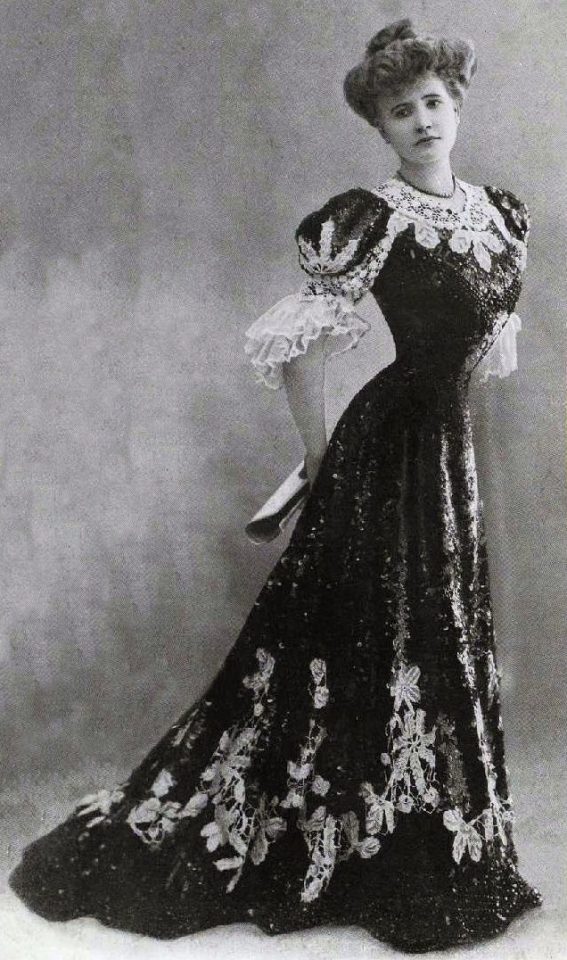
In the last 100 years, we have seen huge changes in technology, culture, politics, and social norms, and all of this has affected fashion. However, all these trends and fabrics used are still the inspirations of the designers.
Dress Fabric Changes Through Time
If we look closely at the history of fabrics, we will see that some fabrics and patterns have been repeated. For example, viscose rayon was very popular in the 1920s. But it is popular even now, especially for lining and finishing. You can find the best of these fabrics from reputed manufacturers at the Tissura store. Viscose rayon is valued for its color retention, perfect thermoregulation, and hygroscopicity. Jersey was another popular fabric in this decade after Coco Chanel started making day dresses with it.
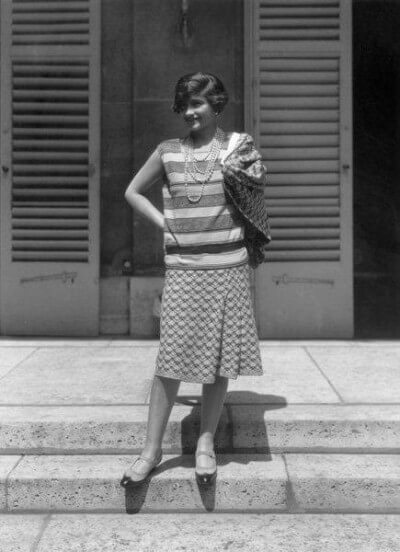
Nylon first came out in 1935 and this fabric too had a huge influence on the fashion world. Elsa Schiaparelli, a friend of Salvador Dalí, the artist, came out with the first pullover. Elsa experimented with unusual fabrics like cellophane, vinyl, and rayon. However, nylon soon lost its popularity with the arrival of silk from Japan.
The next big change happened in the 1950s with the appearance of many new dress fabrics, such as polyester and acrylic. Spandex was launched in 1959.
Major Changes During The 1960s And The 1970s
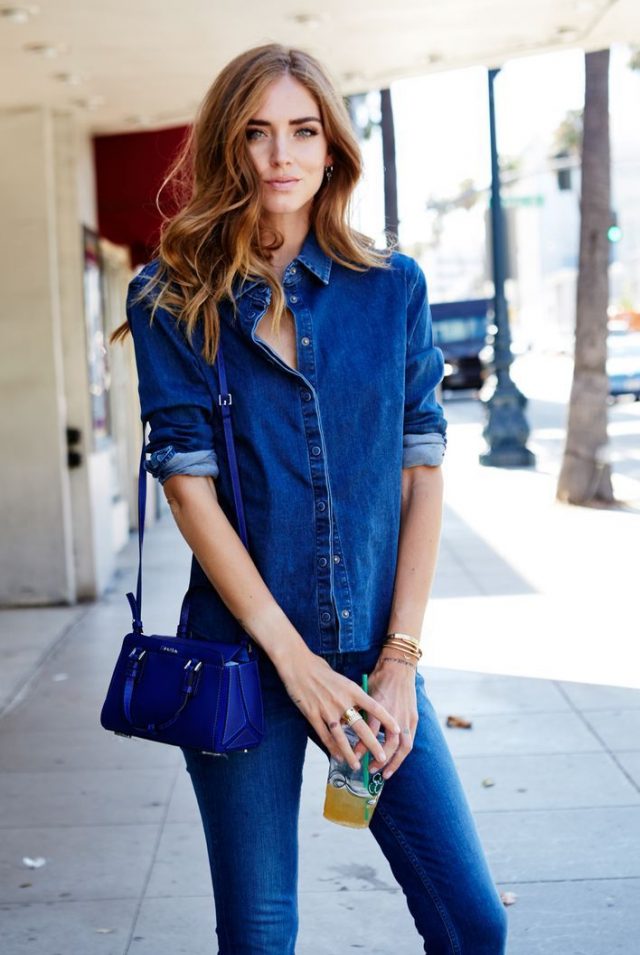
Denim first arrived in the scene in the 1960s. American Western movies and stars like James Dean, who was seen wearing the fabric made it mainstream quickly. But still, nobody could have guessed that denim would one day become staple wear, a must-have for any wardrobe.
The 1970s also saw a major upheaval in fashion. These were the days of the hippie folk movement, which rose as a reaction to the mass consumption and modernism of the 1960s. Those into anti-establishment looked at non-western religions and cultures for inspiration. The 1960s also saw the emergence of the mini skirt.
Power Dressing
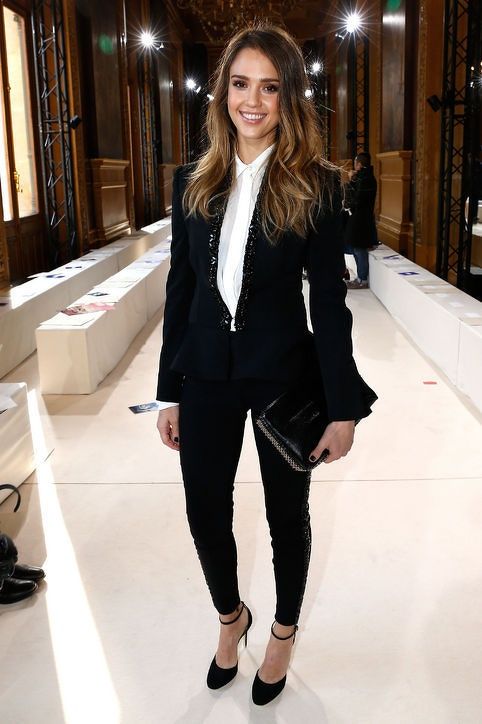
Margaret Thatcher, the popular British Prime Minister ushered in a change in the 1980s. Women were seen wearing tailored suits that had large shoulders. Leggings also arrived at this time. Spandex soon became a fashion trend.
The tone of the 1990s was minimalism with sheer fabrics, slip dresses, and different shades of gray, black, and white. Music started to influence dressing. The MTV generation copied looks of Salt-N-Pepa, Aaliyah, and TLC. There was also a body-conscious trend of wearing underwear as outerwear. Gautier designed the famous bra outfit for Madonna for her 1990 world tour. Fabrics often used to be monochrome, and sometimes raw. There were new interesting cuts.
July 23, 2018
